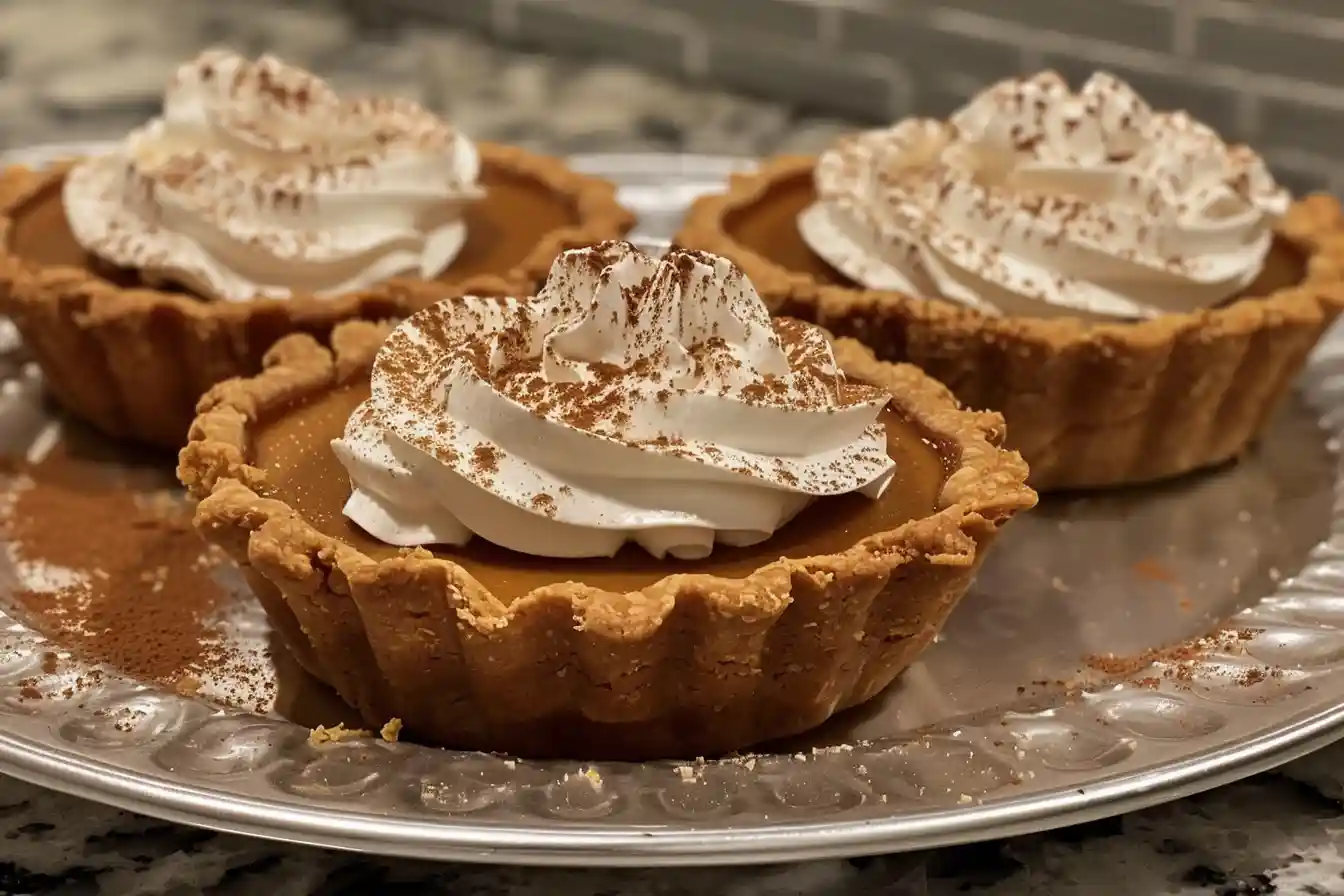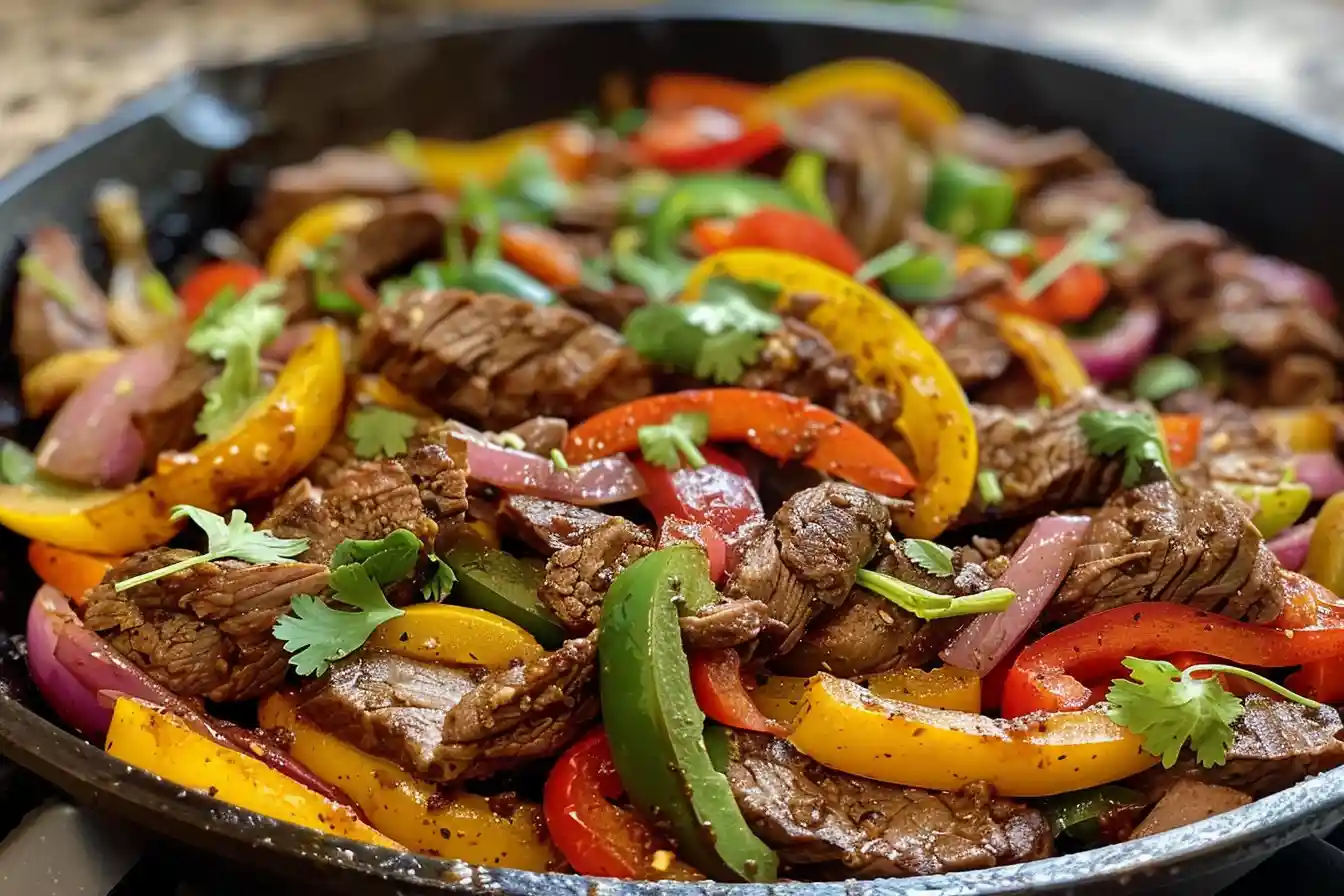The quest for the perfect Ooni pizza dough recipe ends here! Whether you’re a seasoned home pizza maker or just starting your journey with an Ooni pizza oven, mastering the dough is key to achieving that perfect, crispy, and chewy pizza base. In this guide, we’ll walk you through the process of making a classic Ooni pizza dough, explain the science behind it, and offer tips to customize it to your taste. Let’s dive into the world of pizza dough and make your next pizza night unforgettable.
Understanding the Ooni Pizza Dough Recipe
What Makes the Ooni Pizza Dough Special?
The Ooni pizza oven is famous for its ability to reach extremely high temperatures, mimicking the conditions of a professional wood-fired oven. This unique feature is what sets the Ooni pizza dough recipe apart from regular pizza dough recipes. The high heat requires a dough that can withstand intense temperatures while still yielding a light, airy, and perfectly charred crust.
The key to a successful Ooni pizza dough is balancing hydration, gluten development, and fermentation time. The dough needs to be pliable enough to stretch thinly but robust enough to hold its shape. Additionally, the flavor of the dough is enhanced through a slow fermentation process, which allows the natural sugars in the flour to break down and create a complex, tangy taste.
Ingredients Breakdown
Flour: The Foundation of Your Dough
The type of flour you use in your Ooni pizza dough recipe is crucial. A high-protein, strong flour such as Tipo 00 or bread flour is ideal. Tipo 00 flour is finely ground and has a high gluten content, which provides the dough with the strength it needs to hold up under the intense heat of the Ooni oven. If you can’t find Tipo 00 flour, bread flour is a great alternative, offering similar protein content and elasticity.
Pro Tip: When purchasing flour, check the protein content on the packaging. A protein content of around 12-14% is ideal for creating the perfect pizza dough texture.
Water: Hydration is Key
The water in your dough recipe not only binds the ingredients together but also plays a significant role in the texture and elasticity of the dough. The hydration level, which is the ratio of water to flour, determines how soft and pliable your dough will be. For the Ooni pizza dough recipe, a hydration level of around 65-70% is recommended. This means for every 100 grams of flour, you should use 65-70 grams of water.
Pro Tip: Use cold water if you plan to ferment your dough for an extended period. Cold water slows down yeast activity, giving the dough more time to develop flavor.
Yeast: The Leavening Agent
Yeast is the ingredient that causes your dough to rise and develop air pockets, resulting in a light and airy crust. For the Ooni pizza dough recipe, you can use either active dry yeast, instant yeast, or fresh yeast. Each type of yeast has its pros and cons, but all can be used successfully with slight adjustments to the recipe.
- Active Dry Yeast: Needs to be dissolved in water before adding to the dough.
- Instant Yeast: Can be mixed directly into the flour, making it a convenient option.
- Fresh Yeast: Provides a more traditional flavor but requires careful measurement as it’s less concentrated than dry yeast.
Pro Tip: Store your yeast in a cool, dry place, or in the refrigerator to keep it fresh longer.
Salt: Enhancing the Flavor
Salt is a crucial ingredient in the Ooni pizza dough recipe. It not only enhances the flavor of the dough but also helps to tighten the gluten structure, resulting in a chewier crust. Be sure to measure your salt accurately, as too much can slow down yeast activity, while too little can result in a bland dough.
Pro Tip: Use fine sea salt for the best distribution and absorption into the dough.
Olive Oil: Optional but Beneficial
While not always included in traditional Neapolitan pizza dough recipes, a small amount of olive oil can add flavor and tenderness to your crust. Olive oil also helps to keep the dough from sticking to your hands and the work surface during kneading.
Pro Tip: Use extra virgin olive oil for the best flavor. Add it sparingly to avoid making the dough too oily.

Step-by-Step Ooni Pizza Dough Recipe
Now that you understand the ingredients, let’s get into the nitty-gritty of making the Ooni pizza dough recipe.
Ingredients:
- 500g Tipo 00 flour (or bread flour)
- 325ml cold water
- 10g fine sea salt
- 2g instant yeast (or 3g active dry yeast)
- 10ml extra virgin olive oil (optional)
Instructions:
- Mixing the Dough:
In a large mixing bowl, combine the flour and yeast. Slowly add the water, mixing with a wooden spoon or your hands until a shaggy dough forms. If using olive oil, add it now. Once the dough begins to come together, sprinkle in the salt and continue mixing until fully incorporated. - Kneading:
Turn the dough onto a floured surface and begin kneading. This process will develop the gluten structure, which is essential for a chewy crust. Knead for about 10-15 minutes until the dough is smooth and elastic. If the dough feels too sticky, add a little more flour. If it’s too dry, wet your hands with water and continue kneading. - First Rise:
Place the dough in a lightly oiled bowl and cover it with a damp cloth or plastic wrap. Let it rise at room temperature for 1-2 hours, or until it has doubled in size. For a more flavorful dough, let it rise slowly in the refrigerator for 24-48 hours. - Shaping:
Once the dough has risen, turn it out onto a floured surface and divide it into 4 equal portions. Shape each portion into a tight ball by tucking the edges underneath and rolling it on the work surface. Let the dough balls rest for 20-30 minutes before stretching. - Stretching the Dough:
To stretch the dough, place a dough ball on a floured surface and gently press it down with your fingers, working from the center outwards. Continue stretching until the dough is about 10-12 inches in diameter. Avoid using a rolling pin as it can knock out the air bubbles that create a light and airy crust. - Cooking:
Preheat your Ooni pizza oven to its highest setting. The oven should reach around 900°F (482°C) for the best results. Carefully transfer the stretched dough to a lightly floured pizza peel, add your desired toppings, and launch it into the oven. Cook for 60-90 seconds, turning the pizza halfway through to ensure even cooking.
Troubleshooting Your Ooni Pizza Dough
Even with the best recipe, you might encounter some issues when making your Ooni pizza dough. Here are some common problems and how to solve them.
Dough Too Sticky or Dry
If your dough is too sticky, it might be due to over-hydration or insufficient kneading. Try adding a bit more flour and continue kneading until the dough reaches the desired consistency. On the other hand, if the dough is too dry, you can add a small amount of water and knead it in gradually.
Dough Not Rising
If your dough isn’t rising, check the yeast’s freshness and ensure the water temperature isn’t too hot or cold. Yeast is sensitive to temperature and can be killed by water that is too hot or become inactive if the water is too cold.
Dough Tearing When Stretched
A tearing dough is usually a sign of insufficient gluten development. To prevent this, ensure you knead the dough thoroughly during the mixing stage. If the dough still tears, let it rest longer before stretching, as this allows the gluten to relax and become more pliable.
Tips for Perfecting the Ooni Pizza Dough Recipe
Making the perfect Ooni pizza dough takes practice, but these tips can help you get there faster.
- Measure Ingredients Accurately: Baking is a science, and the proportions of ingredients are crucial. Use a kitchen scale to measure your ingredients by weight rather than volume for the most accurate results.
- Control Fermentation: The longer the fermentation, the better the flavor. Try experimenting with different fermentation times to find what works best for you.
- Mind the Temperature: The ambient temperature of your kitchen can affect how your dough rises. If it’s too cold, the dough may need more time to rise. If it’s too hot, it may over-proof and collapse.
- Use a Pizza Stone: If you don’t have an Ooni oven, you can still achieve a similar effect using a pizza stone in a conventional oven. Preheat the stone at the highest temperature your oven allows to mimic the intense heat of the Ooni.
- Practice Makes Perfect: Don’t be discouraged if your first few attempts aren’t perfect. Dough-making is an art that improves with practice. Keep experimenting with different flours, hydration levels, and fermentation times until you find the combination that works best for you.

Health and Nutritional Insights
Pizza dough might not be the first thing that comes to mind when you think of healthy foods, but with the right ingredients and techniques, you can make a dough that’s both delicious and nutritious.
Flour Choices: Whole Wheat vs. Tipo 00
While Tipo 00 flour is the traditional choice for an Ooni pizza dough recipe, using whole wheat flour can boost the nutritional value of your pizza. Whole wheat flour contains more fiber, vitamins, and minerals than refined white flour. It does, however, produce a denser dough, so you might want to mix it with Tipo 00 flour to achieve a lighter texture.
Gluten Considerations
Gluten, a protein found in wheat, is what gives pizza dough its elasticity. For those with gluten sensitivities or celiac disease, there are gluten-free flour options available. Gluten-free pizza doughs can be trickier to work with, as they lack the elasticity of traditional doughs, but with practice, you can achieve a delicious gluten-free pizza using the Ooni oven.
Managing Sodium Content
Salt is a necessary ingredient in pizza dough, but it’s also one that can contribute to high sodium intake. If you’re watching your sodium levels, you can experiment with reducing the amount of salt in your dough. Just be aware that this may slightly affect the flavor and texture.
Pairing Your Pizza: Toppings and Sides
The Ooni pizza dough recipe is incredibly versatile, and part of the fun is experimenting with different toppings and sides to complement your pizza. Here are some pairing ideas:
Classic Margherita
A simple Margherita pizza, with fresh mozzarella, basil, and a drizzle of olive oil, is a great way to showcase the flavor and texture of your Ooni pizza dough. The lightness of the toppings allows the dough to shine, making it a perfect choice for your first bake.
Meat Lovers
If you’re in the mood for something heartier, load up your pizza with a variety of cured meats like pepperoni, sausage, and prosciutto. The saltiness of the meats pairs beautifully with the chewy, slightly charred crust of the Ooni pizza.
Veggie Delight
For a healthier option, top your pizza with an assortment of fresh vegetables like bell peppers, onions, mushrooms, and spinach. The high heat of the Ooni oven will roast the vegetables perfectly, adding a smoky flavor that complements the dough.
Wine Pairings
Pairing your pizza with the right wine can elevate your meal to a gourmet experience. For a classic Margherita, try a light, acidic red wine like Chianti. For meat-heavy pizzas, a bold red like Cabernet Sauvignon works well. If you’re going with a veggie pizza, a crisp white wine like Sauvignon Blanc can enhance the freshness of the toppings.
Storing and Reusing Pizza Dough
One of the great things about pizza dough is that it can be made in advance and stored for later use. Here’s how to store your Ooni pizza dough properly:
Refrigeration
If you’re planning to use the dough within a few days, refrigeration is your best option. After the initial rise, place the dough balls in an airtight container or zip-top bag, and refrigerate for up to 72 hours. When you’re ready to bake, let the dough come to room temperature before stretching.
Freezing
For longer storage, you can freeze the dough. After dividing the dough into balls, wrap each one tightly in plastic wrap and place in a freezer-safe bag. The dough can be frozen for up to 3 months. To use, thaw the dough in the refrigerator overnight, then let it come to room temperature before stretching.
Mastering the Ooni pizza dough recipe is the key to creating restaurant-quality pizzas at home. With the right ingredients, techniques, and a little bit of practice, you’ll be able to craft dough that’s perfectly suited to the high heat of the Ooni oven. Remember, the journey to perfect pizza is just as enjoyable as the end result, so take your time, experiment with different variations, and most importantly, have fun in the kitchen!
FAQs About Ooni Pizza Dough Recipe
Yes, you can use all-purpose flour, but it will affect the texture of your dough. All-purpose flour has a lower protein content than Tipo 00 or bread flour, which means the dough will be less chewy and may not hold up as well under the high heat of the Ooni oven. If all-purpose flour is all you have on hand, you can still make a delicious pizza, but for the best results, consider using a flour with higher protein content.
Achieving a crispy crust in the Ooni oven involves several factors: proper hydration, sufficient kneading, and the right cooking technique. Ensure your dough has the correct hydration level (around 65-70%) and that you’ve kneaded it well to develop the gluten. Preheat your Ooni oven fully, and cook the pizza quickly at high heat, turning it regularly to achieve an even char.
If your pizza dough sticks to the peel, it might be because the dough is too wet, or the peel wasn’t properly floured. Before placing the dough on the peel, lightly flour it or use semolina flour, which is coarser and helps prevent sticking. Work quickly once the dough is on the peel, as it can start to adhere if left too long.
Yes, using a stand mixer can make the process easier, especially when dealing with larger batches of dough. Use the dough hook attachment, and mix on low speed until the dough comes together, then increase to medium speed for kneading. The dough is ready when it’s smooth, elastic, and pulls away from the sides of the bowl.
After the initial rise, let your dough rest for at least 20-30 minutes before stretching. This rest period allows the gluten to relax, making the dough easier to stretch without tearing. If the dough is still resistant, let it rest a bit longer.





